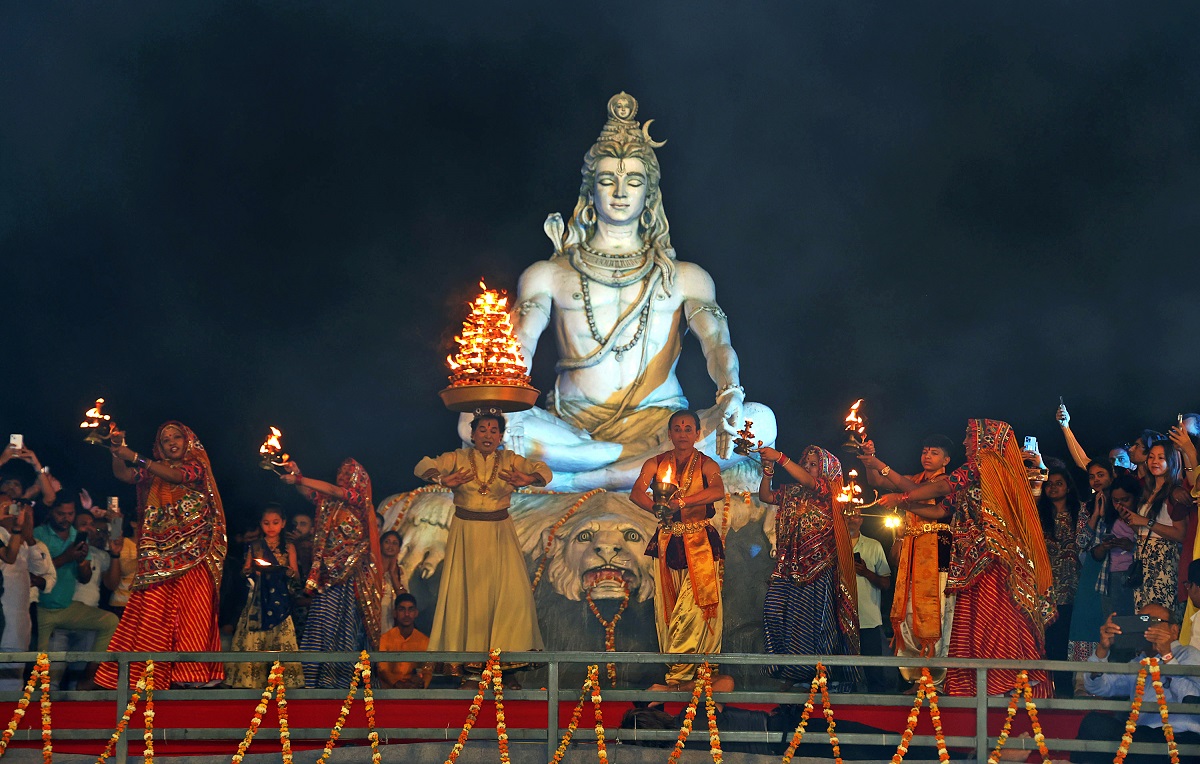In Hinduism, the phrase “Sanatana dharma” refers to the “eternal” or unchanging set of obligations or religiously mandated rituals that all Hindus, regardless of social status, caste, or sect, must follow. In general, Sanatana dharma consists of virtues like honesty, abstaining from harming living things, purity, benevolence, mercy, patience, forbearance, self-restraint, generosity, and asceticism. Different texts provide different lists of the obligations.
Svadharma, sometimes known as one’s “own duty” or the particular obligations imposed on a person depending on their class, caste, or stage of life, is opposed to sanatana dharma. Hindu texts like the Bhagavad Gita address the possibility of conflict between the two types of dharma and assert that in such cases, svadharma must prevail (for instance, between the particular duties of a warrior and the general command to practice non-injury).
Hindu nationalists, reformers, and leaders have also started using the phrase more lately to describe Hinduism as a single, universal religion. Thus, the term “Sanatana Dharma” has come to refer to the “eternal” truth and teachings of Hinduism, which are seen as transcending history, unchanging, and ultimately non-sectarian.
In monotheistic religions, you are born only once and have to live that one life the right way following the word of God revealed through messengers. In this world, diversity in society is the result of unjust human actions. Hence, the obsession with justice in this one and only life, and the fear of Judgment Day at the end of this life. But principles of Sanatan Dharma are different, with Jainism and Buddhism veering towards monasticism and Hinduism valuing the householder’s life.
According to Devdutt Pattanaik, Sanatan dharma can mean: One, faith in eternal things; two, faith in soul and rebirth; three, faith in the caste system; four, faith in the doctrine of purity.
1. All events have a cause. Causes are neutral, we qualify them as good or bad.
2. All actions have a consequence. Consequences can be positive and negative.
3. In the network of life, there is no single cause or single consequence. Hence life is tough to predict.
4. Multiple causes and consequences create diversity.
5. Diversity gives rise to hierarchy which gives rise to inequality.























